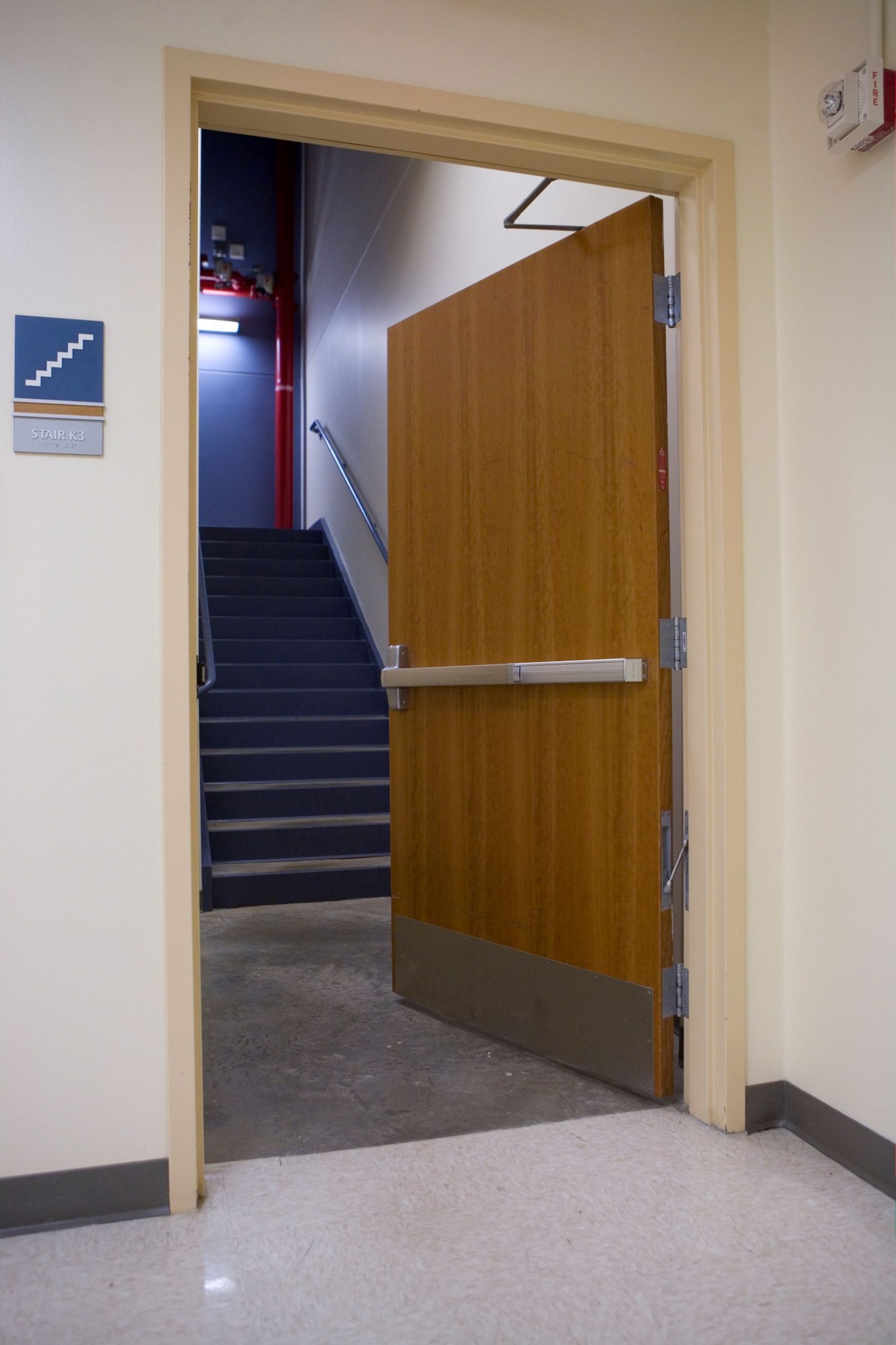 On Monday I shared some general resources about fire door assemblies, and yesterday’s post addressed the first step in developing a hardware set – Hang the Door. The second step in the process when specifying door hardware and/or creating hardware sets is – Secure the Door. Of course, proper security is important, but during Fire Prevention Week we are focusing on fire safety; the critical considerations in this category for fire doors and egress doors are positive latching and free egress.
On Monday I shared some general resources about fire door assemblies, and yesterday’s post addressed the first step in developing a hardware set – Hang the Door. The second step in the process when specifying door hardware and/or creating hardware sets is – Secure the Door. Of course, proper security is important, but during Fire Prevention Week we are focusing on fire safety; the critical considerations in this category for fire doors and egress doors are positive latching and free egress.
The purpose of a fire door assembly is to protect an opening in a fire resistant wall, and for this reason, the model codes refer to these assemblies as opening protectives. Without code-compliant fire door assemblies that are closed and latched when a fire occurs, the smoke, flames, and toxic gases are able to spread through these openings to other areas of the building. Because these doors are such an important part of the passive fire protection system of a building, the model codes and referenced standards require fire doors to be closed and latched during a fire.
Here are some tips on latching hardware for fire doors. Click any line item for more detailed information:
- Fire doors must be equipped with positive-latching hardware to ensure that the fire door will latch when closed.
- All components installed as part of a fire door assembly must be listed/labeled unless exempted by NFPA 80.
- When panic hardware is installed on a fire door, it must be fire exit hardware listed for both panic and fire.
- According to NFPA 101, it’s acceptable to install fire exit hardware on a door that is not required to be fire rated.
- Fire exit hardware is not equipped with the mechanical dogging feature, but the latch may be held retracted electrically.
- The minimum latch throw for latching hardware on fire door assemblies is no longer prescribed by NFPA 80.
And a few tips related to egress:
- With a few exceptions, doors in a means of egress must unlatch with one releasing motion.
- The operable force limitations for releasing hardware have been updated in the 2021 International Building Code.
- Latching hardware on a fire door, including less bottom rod fire exit hardware, is not required to allow free egress after a fire or fire test.
For more information on locks and panic hardware, check out these videos:
- Intro to Door Hardware: Schlage Cylindrical and Mortise Locks
- Intro to Door Hardware: Panic Hardware Basics
And since it’s Wordless Wednesday, here are some of my favorite past WW photos of fire doors. Click on any image to visit the post.
Over one hundred years ago, Von Duprin invented the first self-releasing fire exit device, after a tragic fire at the Iroquois Theater. Visit the new Von Duprin website for additional information on panic hardware and fire exit hardware, and the new Schlage website for more on locks and latches. The related posts (see thumbnails below) include several historical videos on panics and locks.
Check back tomorrow for more about fire doors, and follow along on Allegion US for social updates and resources:
You need to login or register to bookmark/favorite this content.


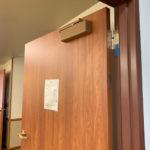

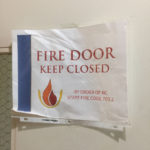
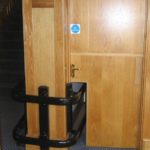
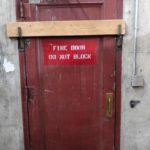


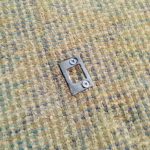
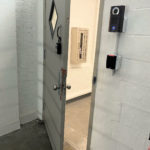

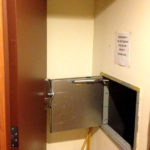
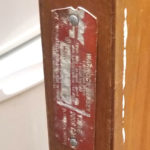
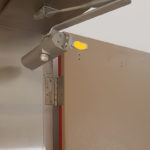
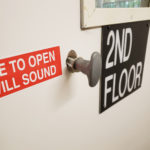
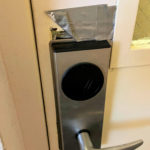





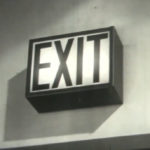
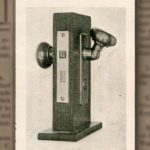
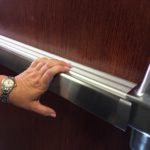




Leave A Comment